Table of contents

The container house shows that creativity for adaptation has never been lacking in architecture. Built by means of fittings and welds, container houses are a model of modernity, low-cost options and even the reuse of materials. Learn more about this alternative and sustainable way of living, see what is needed to assemble yours and get inspired with pictures of amazing projects.
What to consider before investing: 4 tips to make your home container
The possibility of building a house without a traditional process can be a little daunting. If you are interested, learn all that needs to be considered to "build" a container house below, with tips from architect Celso Costa:
1. environmental comfort study
According to the professional, analyzing the terrain is the first step, after all it is from this that the project will be thought out and elaborated. depending on the particularities, the project can be altered with the intention of providing greater environmental comfort to the residents: "the main factor in this type of project is the environmental comfort study that is carried out based on the client's terrain data", he explains.
2. choosing the container: sizes and differences
There are several types of containers that differ in three factors: height, being the tallest, HC (High Cube) and the Standard; length, having the option of 20 feet (approximately 6m) or 40 feet (approximately 12m) and, in structural terms, there are the Dry Container and the Reefer (thermally insulated). The expert architect details: "for buildings, the 40 feet Dry HC are generally usedStandart and HC are different in height, the HC (High Cube) is higher, so it offers a better ceiling to work with. The Dry carries 'dry' products; while the Reefer type carries those products that need refrigeration, so it has a special thermal insulation and this makes a difference in some projects". WhenWhen asked about how to choose a quality container, the architect states that it is important to check the origin and verify if they are free of contamination.
3. costs
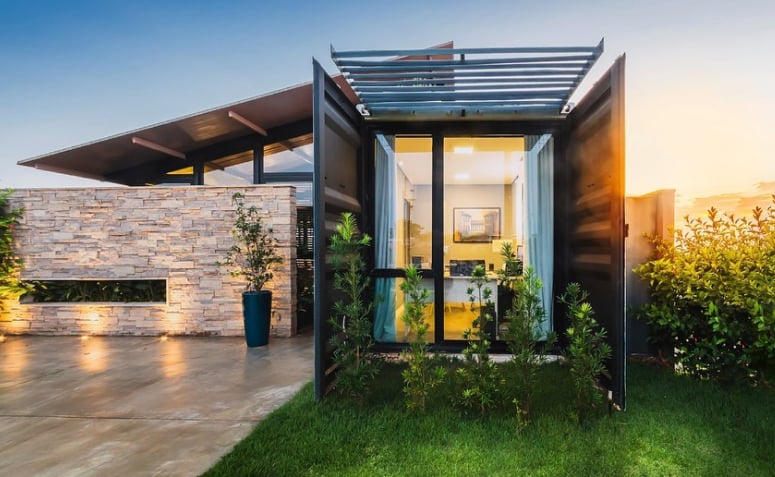
The value of the investment varies a lot and depends on the amount of containers that the project will require, the finishes that will be chosen and the distance from the place where the containers were purchased to where they will be installed. It is estimated that the costs of this type of construction can be up to 20% lower compared to masonry houses, however this can change according to theThe cost of the execution of the project depends entirely on the architectural design that we will develop exclusively for the client, in accordance with his needs and also investment expectations", Celso explains.
4. project types
With regard to the types of projects that can be done, this also varies a lot, but basically there are two types: those made entirely of containers and mixed ones, which bring together masonry parts and steel structures.
Advantages and disadvantages of the container house
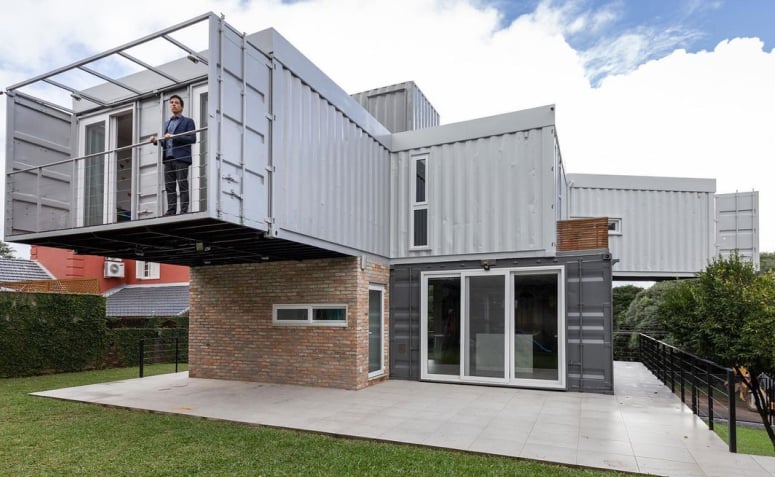
Practical, building with containers has many advantages, but it also has negatives to be considered:
Advantages
When asked about the advantages and disadvantages of the container house, Costa defends the idea, pointing out that the deadline and the possibility of execution errors are smaller, besides the fact that there is no material waste, it has a sustainable bias, and the construction process is simpler.
- Flexibility in projects;
- Lower costs when compared to the traditional masonry system;
- Agility in construction and reduction in construction time;
- Strength and durability;
- Less waste of materials during execution.
Disadvantages
However, the construction method also has disadvantages:
- Need for thermal and acoustic insulation;
- Used containers require treatment before use;
- Skilled labor;
- It may have high transportation costs to its destination.
For comparison purposes, see below a table that demonstrates the main differences between the traditional masonry house and the container house:
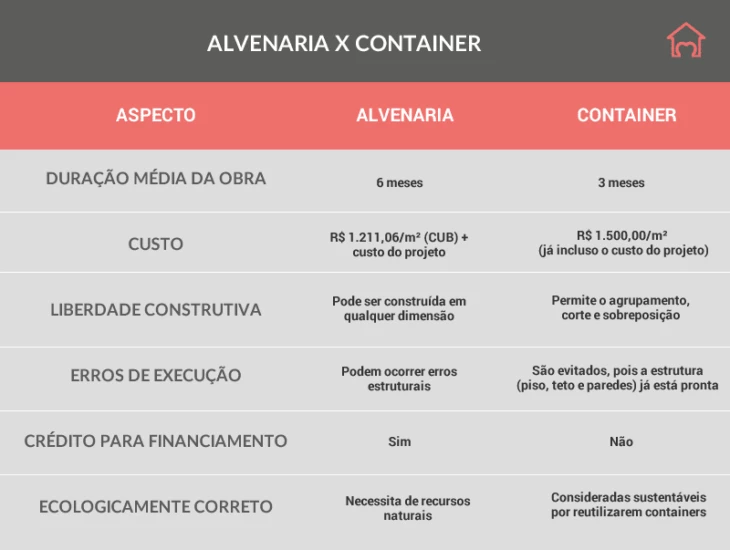
After knowing more details about this alternative type of housing, it is necessary to look for a container distributor and also for someone specialized to design your house and make everything fit!
Frequently asked questions answered

Between opting for the use of a container, until the complete execution of the project, many doubts may arise. Thus, the architect Celso also clarifies the main questions about the container house and its particularities:
How durable is the container?
According to Celso, a container can last for a long time, "it is estimated in more 90 years", that is, this is not a reason to worry. Besides, with proper maintenance this time can be even longer, he clarifies.
Does it not rust?
"Yes, it can rust, just like a house gate, but containers are much more resistant and we check for rust spots before they are purchased. If they rust, there are specific products to solve this problem", reassures the architect.
Does it attract more lightning?
"No. Container houses are grounded, they are totally safe from lightning," he clarifies.
What about home security?
According to the specialist, the containers are safe due to the great resistance of the material, steel. "The wall is very resistant. Besides the external wall, there are the insulation materials that we use inside, and also the plasterboard wall. Doors and windows with grids can be installed in the house for greater protection," he says.
How are the containers ventilated?
The expert architect says that the factors related to comfort are defined according to the study of environmental comfort, which identifies possible problems, brings solutions to them and provides residents with a pleasant environment. Celso Costa explains: "a series of factors are combined to guarantee thermal comfort inside the units. We study the wind chart of the region, thesolar intensity, the type of terrain, among other factors... This study determines where the openings for doors and windows should be made, the position for installing the container on the terrain, and even what type of container we should use in the work, whether Dry or Reefer. In container works everything is strategic".
How are electrical and water installations made?
Regarding the electrical and water installations in the container house, Celso says that these are done in a similar way to those done in masonry houses.
How are the container's acoustics?
The acoustics of the container without lining are not very good in aspects of environmental comfort. However, this can be completely solved with the addition of linings.
See_also: Rail lamps: 30 pictures to inspire you, where to buy and how to make themAfter covering the walls, Celso says that the acoustics of the container house can be even better than those of traditional constructions: "It is much more efficient than masonry houses, because there is the external wall, the thermal and acoustic treatment, and also the internal plasterboard wall", he points out.
Are the room sizes defined according to the container sizes?
"No, not at all! We are not bound to the containers' modulation, and we can have very large environments and high ceilings, even using the containers. They can be grouped, stacked, placed side by side with ample space between them... In short, it is a very efficient building system", says Celso.
Container house projects to inspire
Check out projects of houses that have the container in their structure and get inspired with pictures of the façade and inside to dream and plan yours.



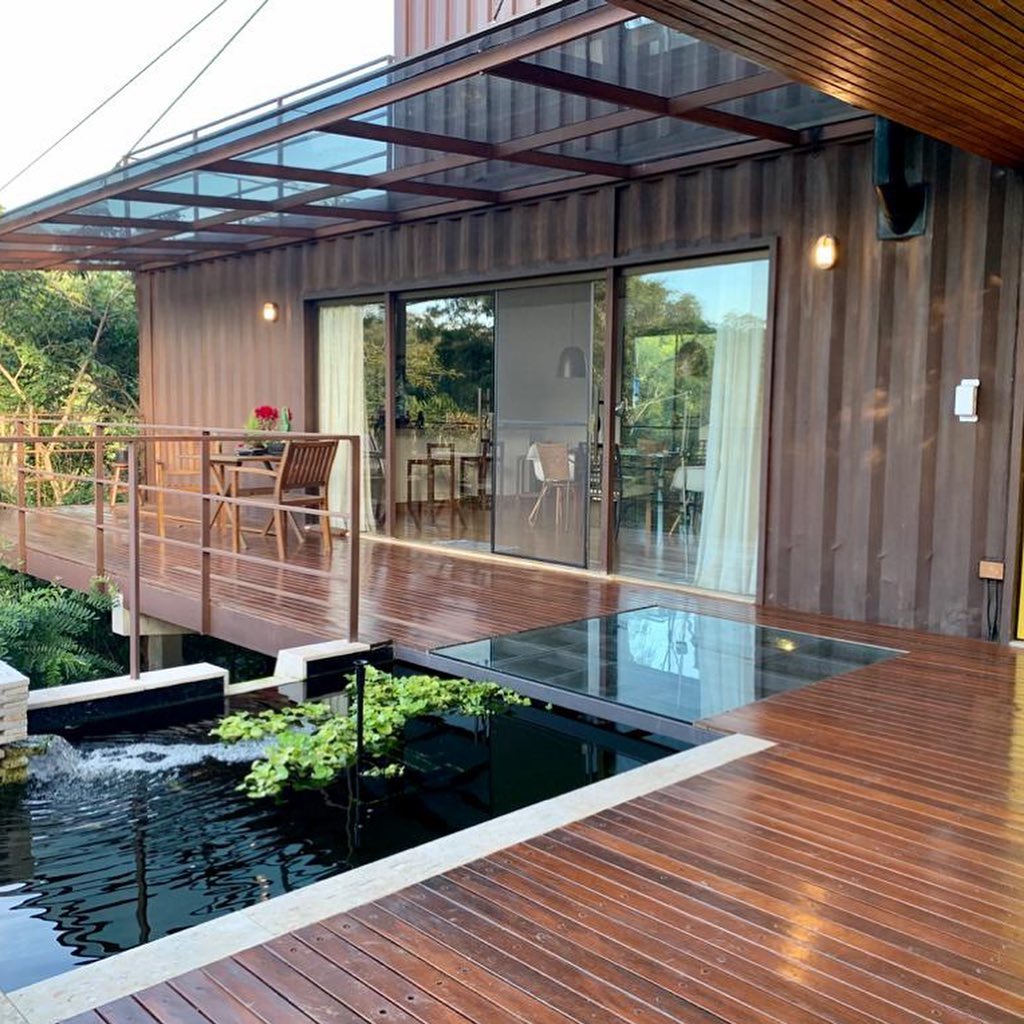
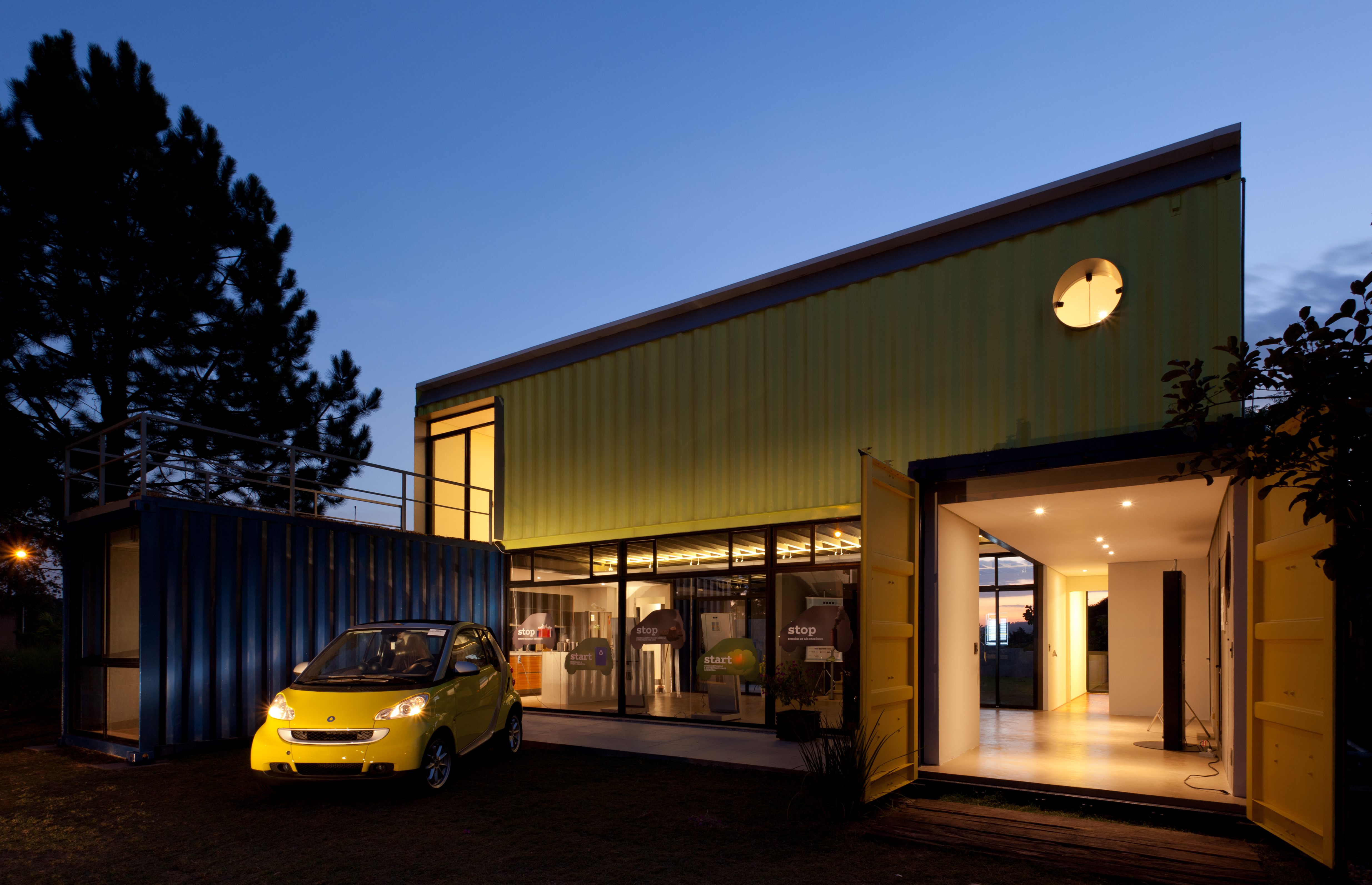
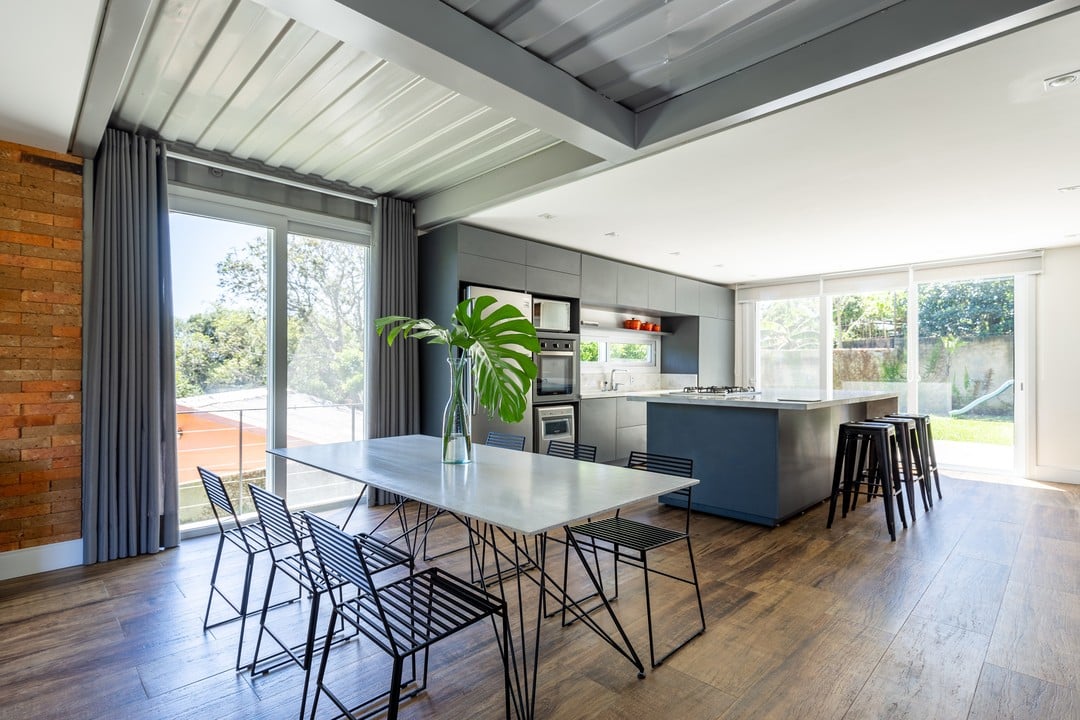

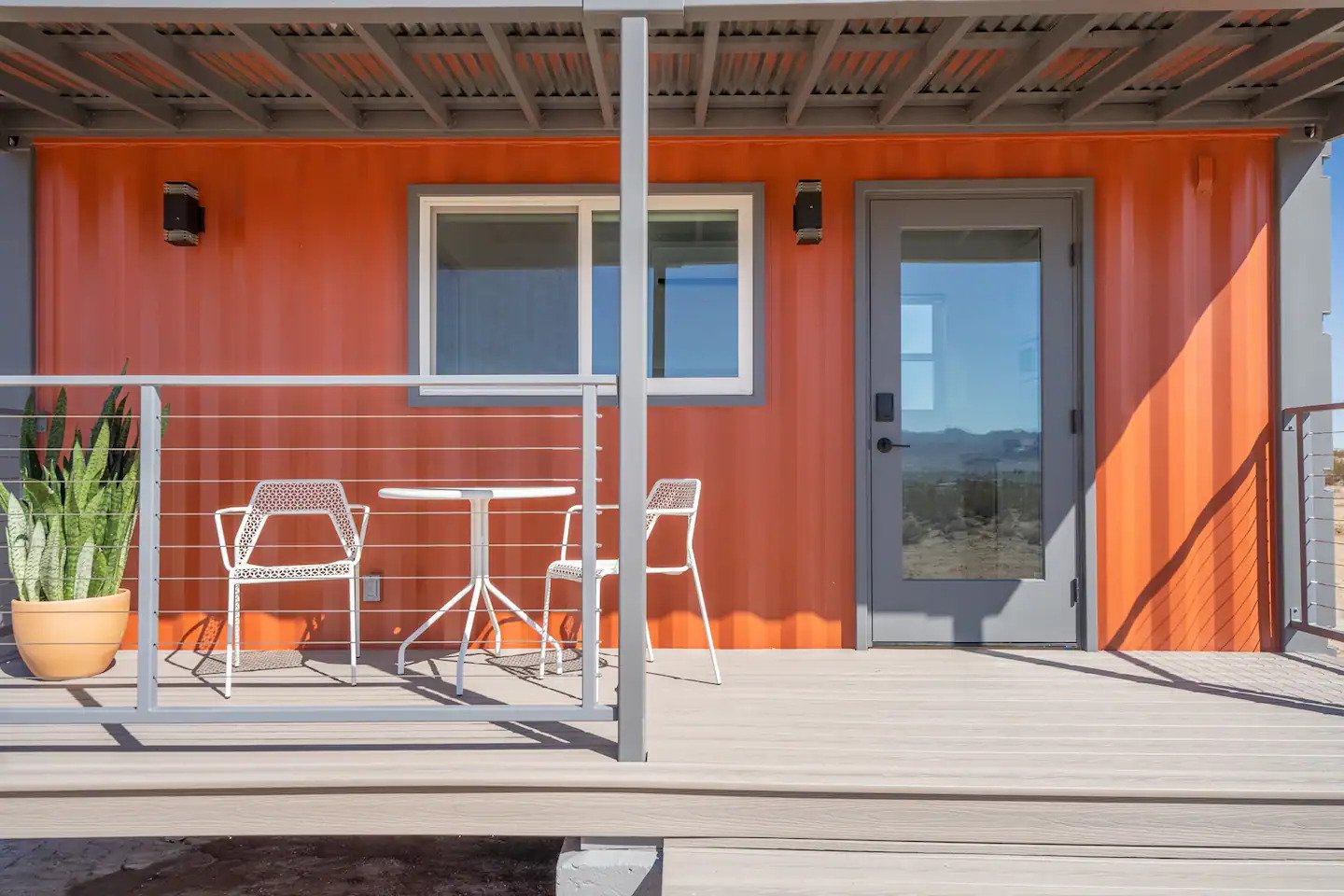



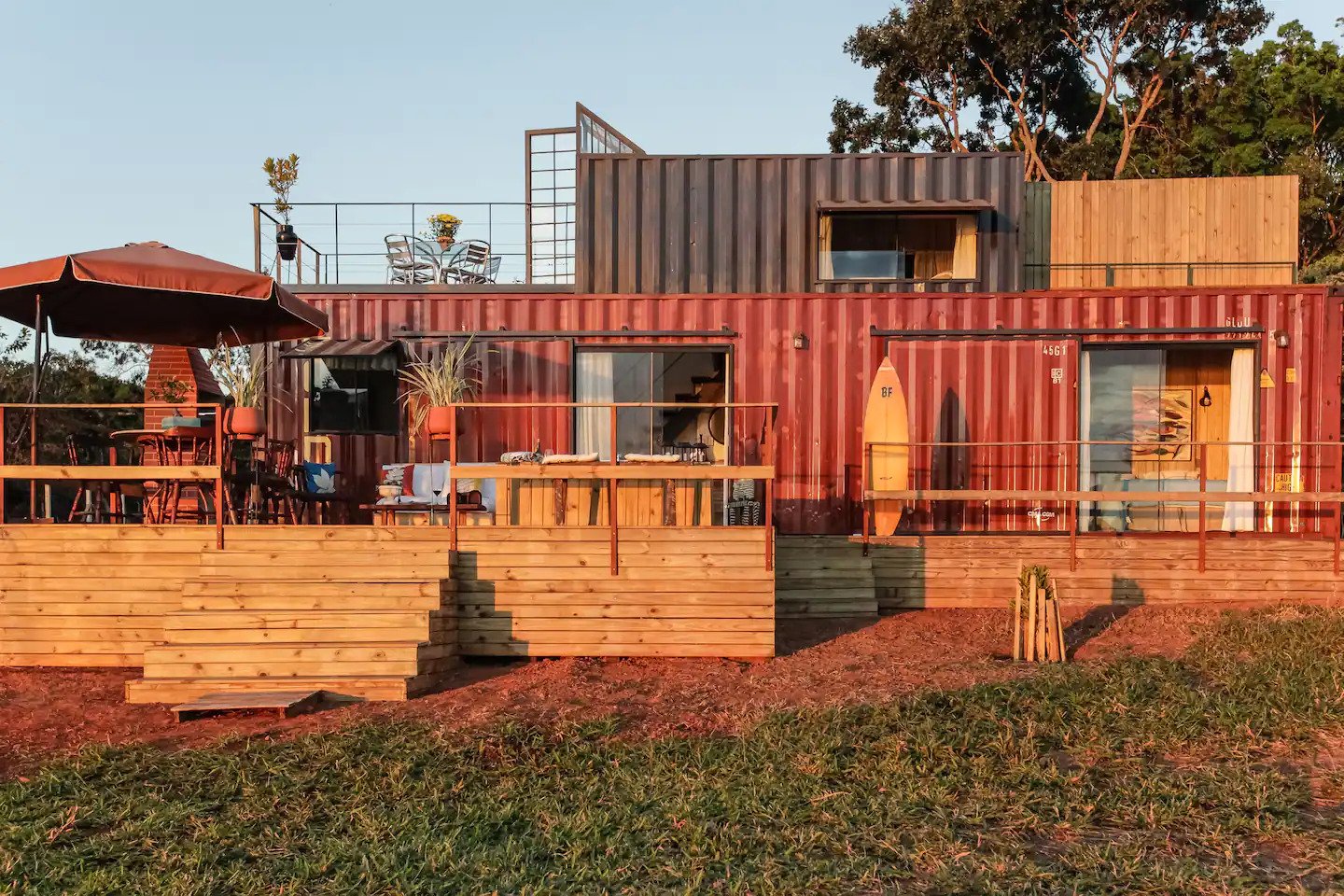


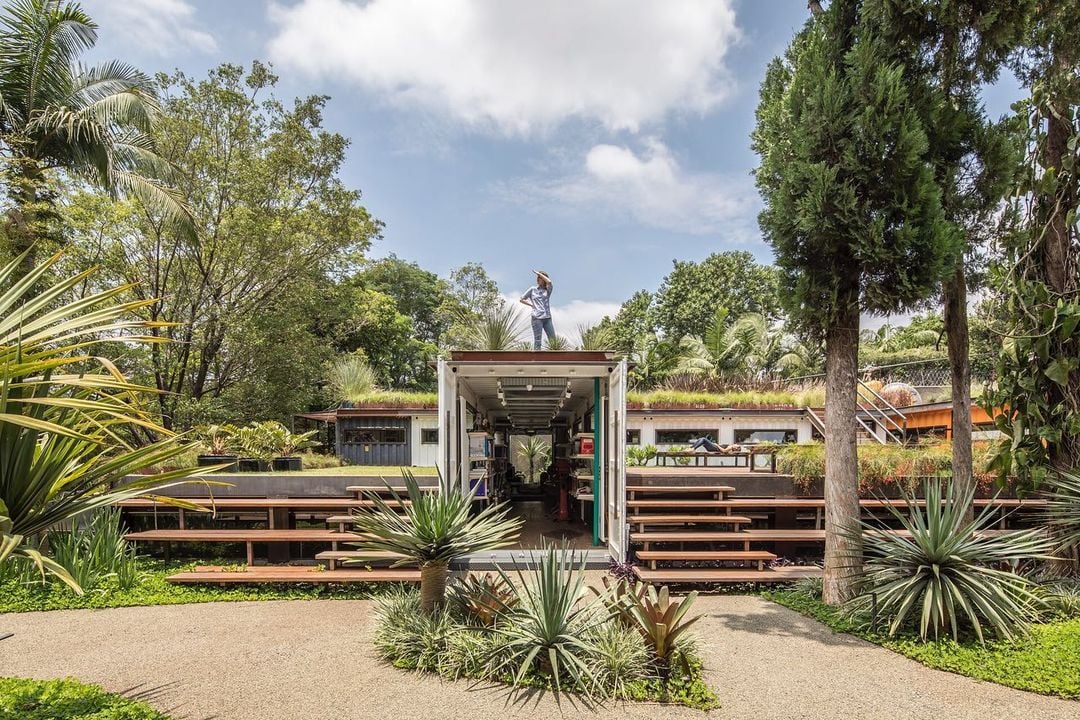
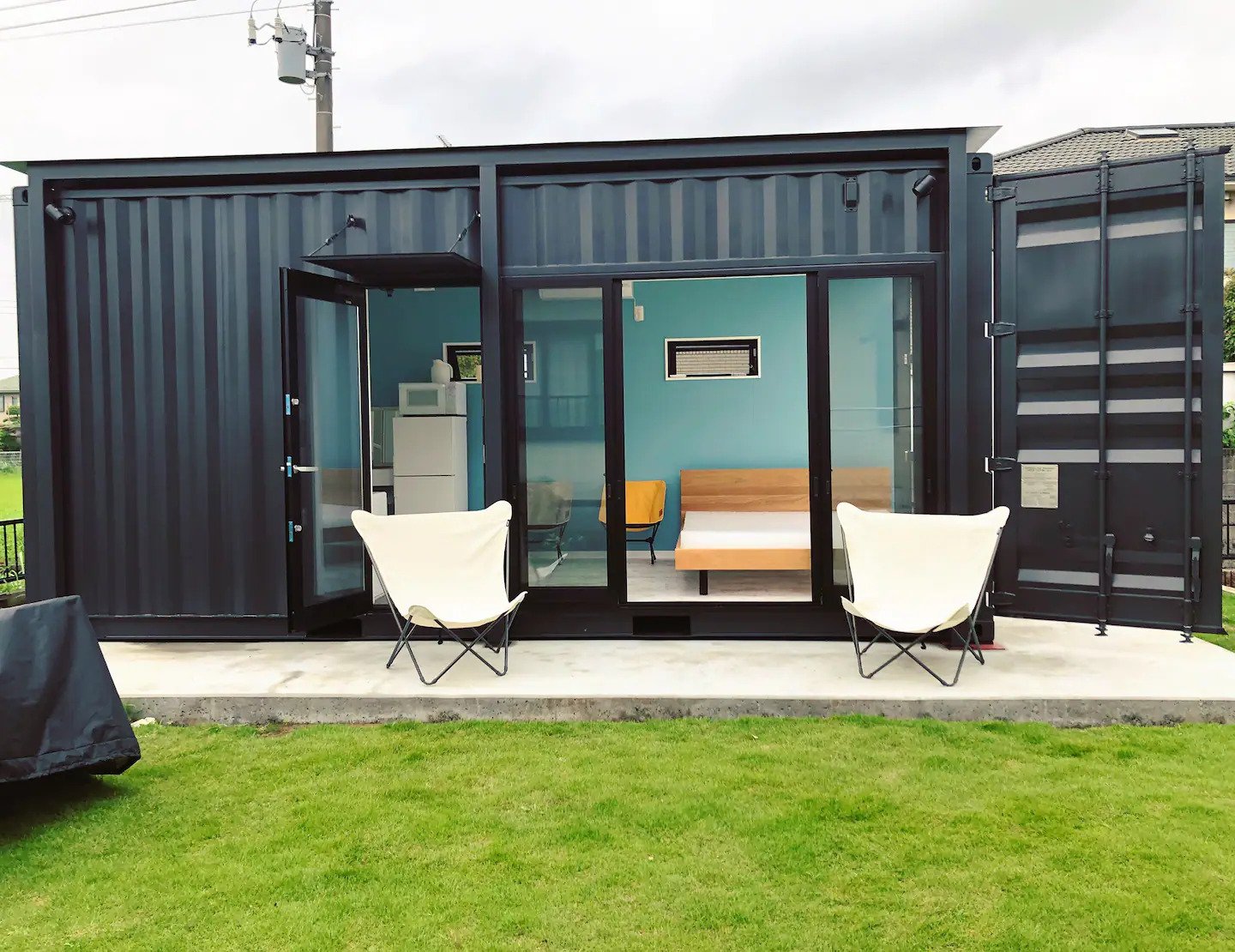

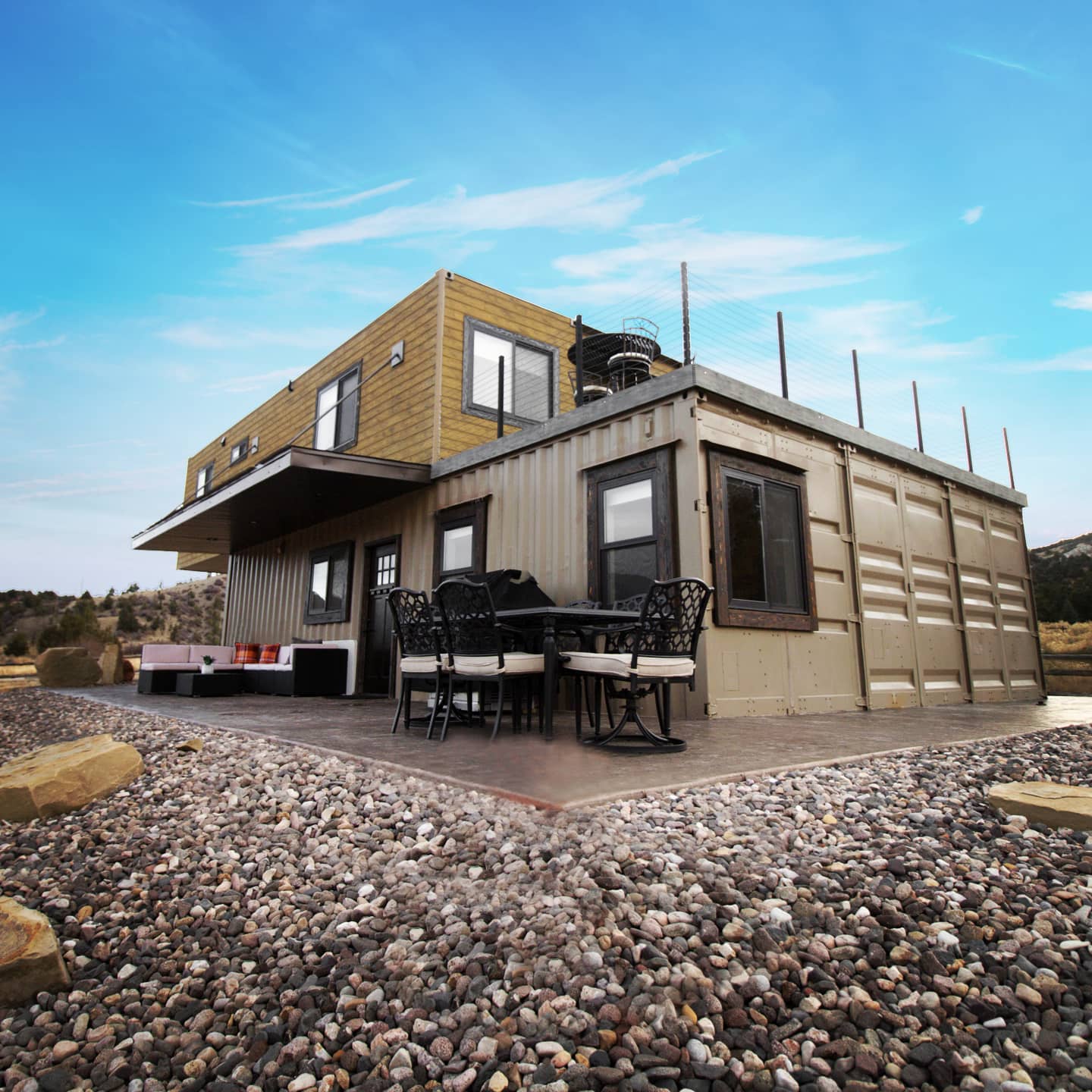
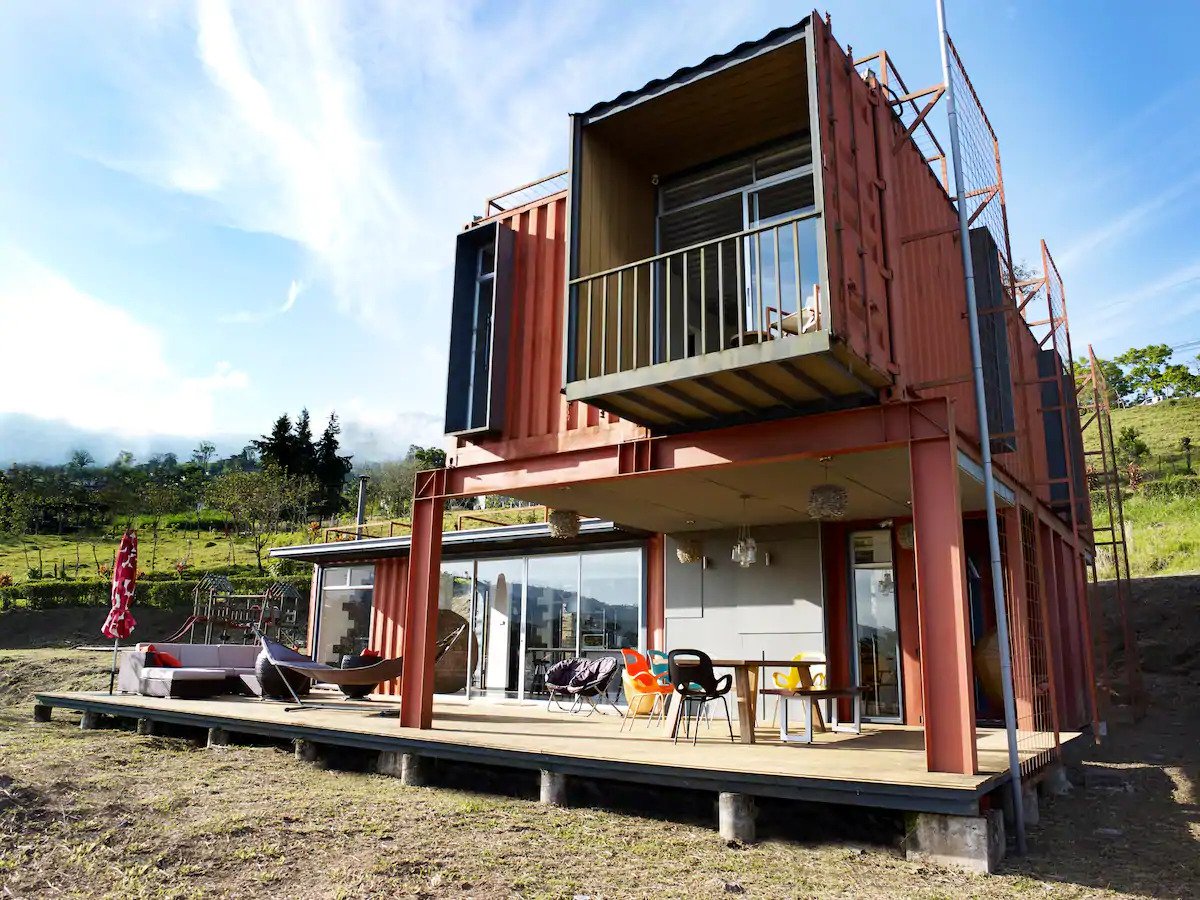


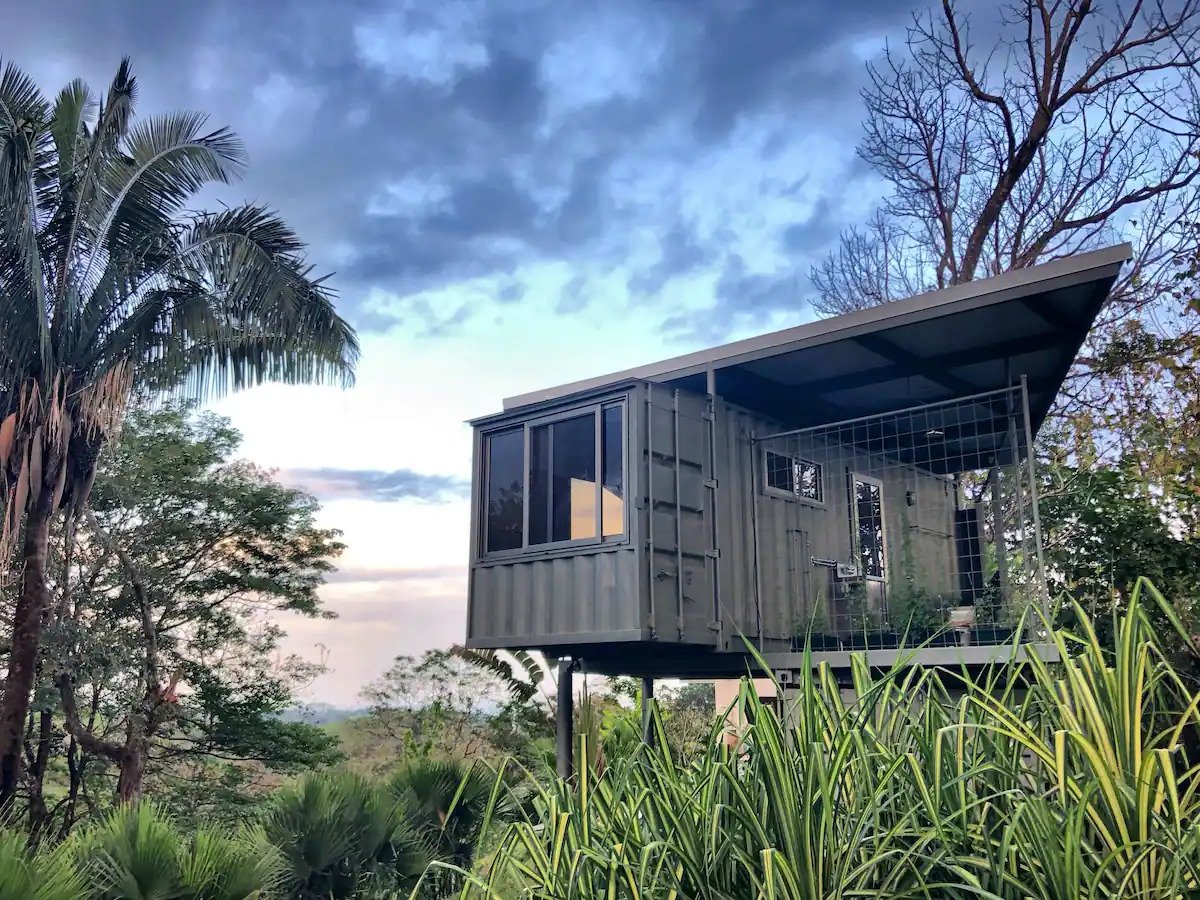

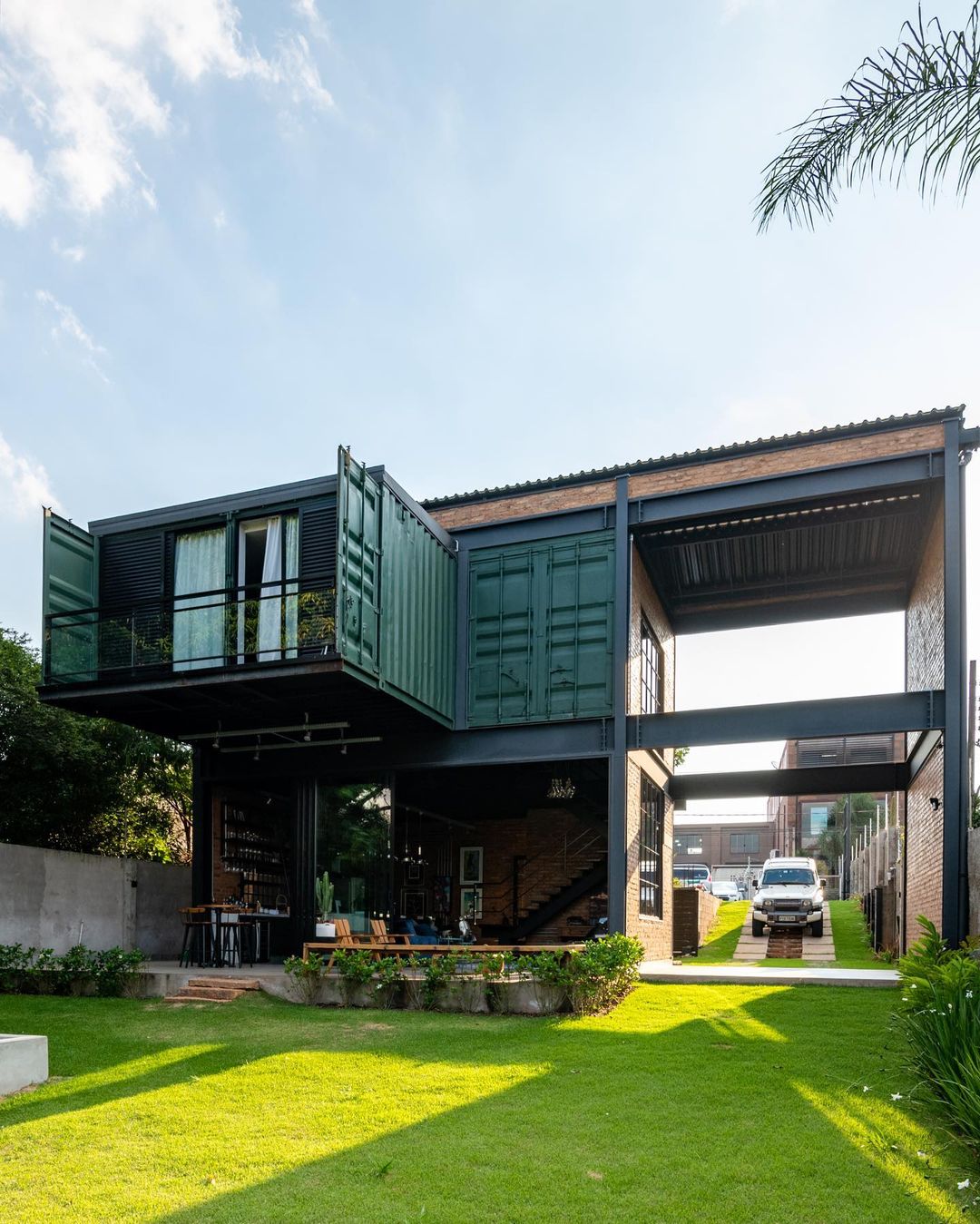
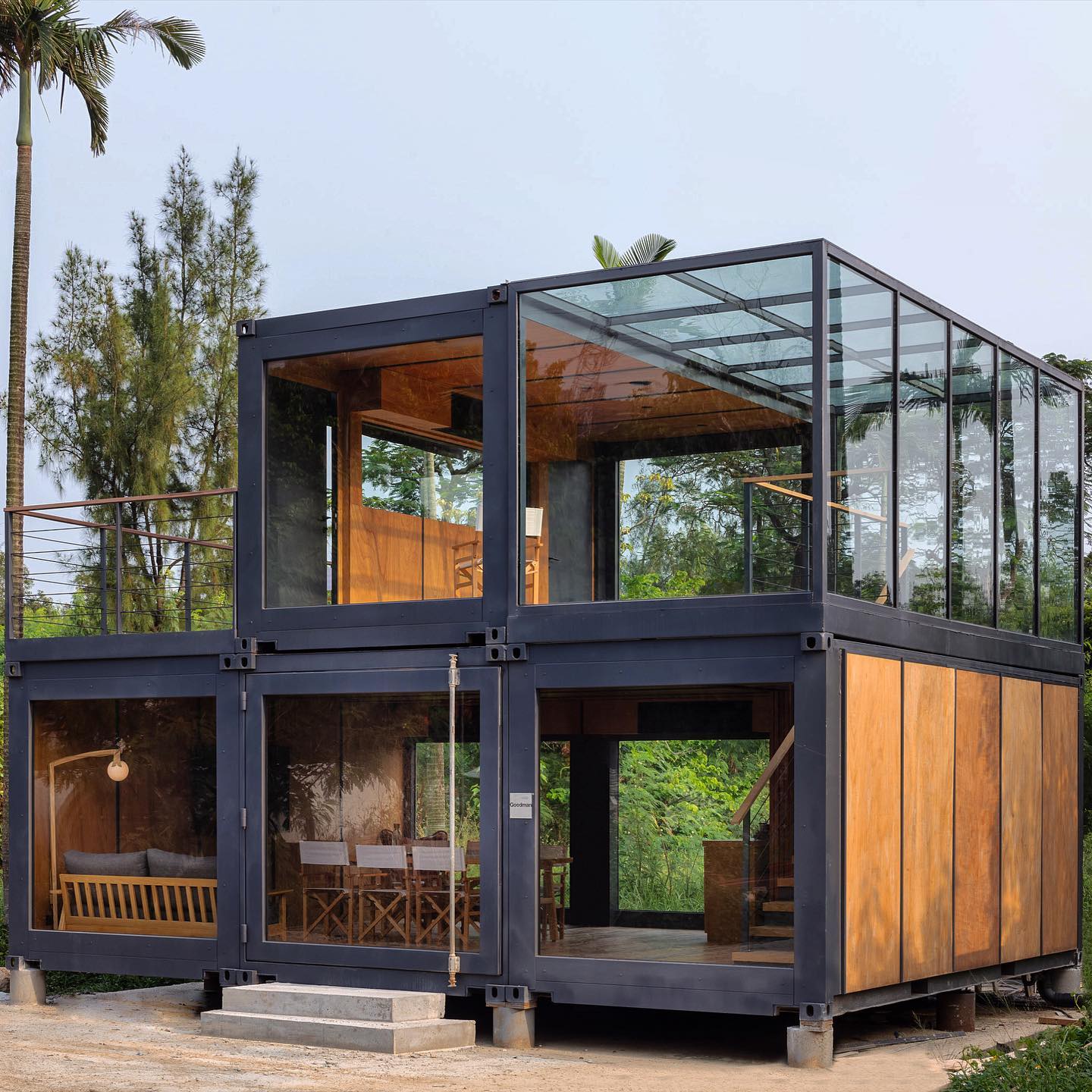
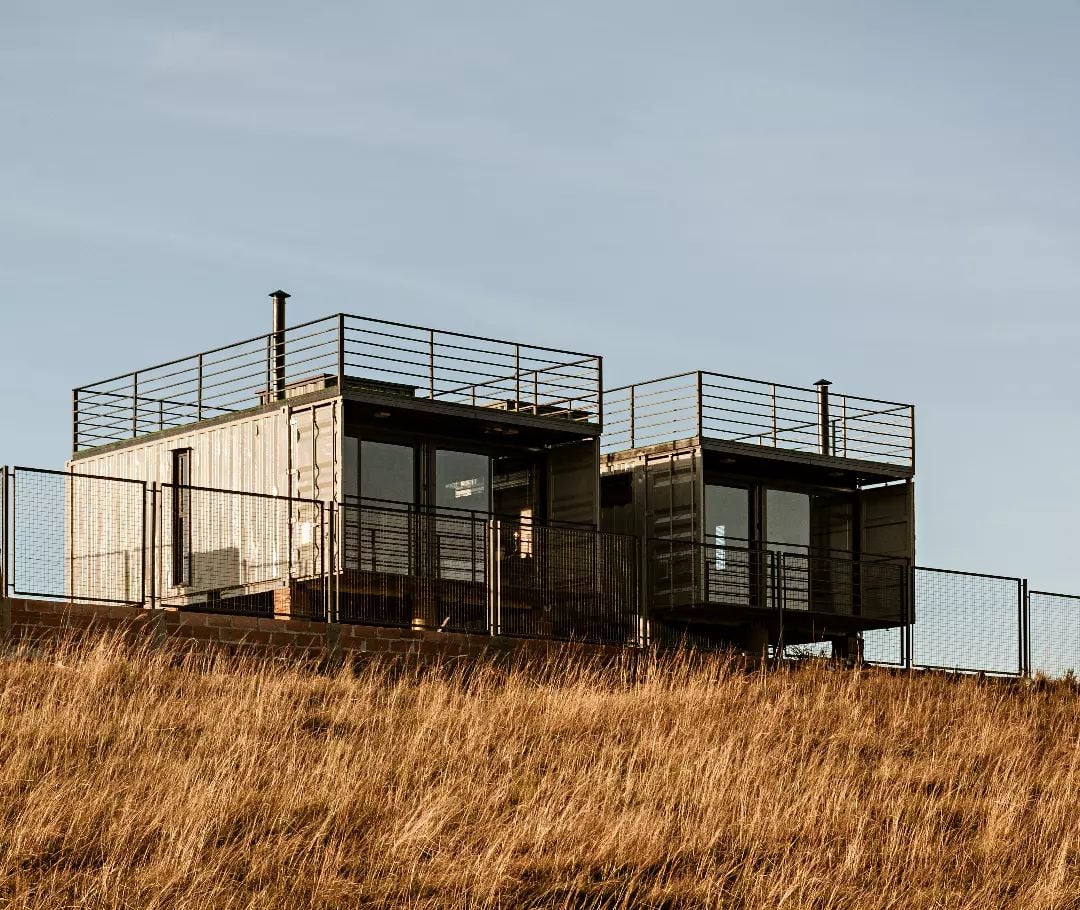
The container house is a great alternative for those looking for a stylish, sustainable and modern home.
Where to buy a container or make the project
Although the practice is not yet so common in Brazil, there are several companies specialized in the sale and distribution of containers, as well as in the elaboration of projects for container houses. Check them out below:
- Titanium Container
- Container Box
- Startainer
- Costa Container
- Total Storage
- Urban Wagon
- Agisa Containers
A new container can cost around R$ 60 thousand reais, however, used parts can be very economical. The value may vary according to the size and state of maintenance: a used 6m container costs an average of R$ 5.000, whereas a used 12m model can reach a value of R$ 7.000.
With the tips and clarifications above, all you need to do is find an expert to help you through the process and invest in a container project to call your own! A good option to start with are tiny houses.
See_also: 70 beige kitchen ideas to decorate with versatility

